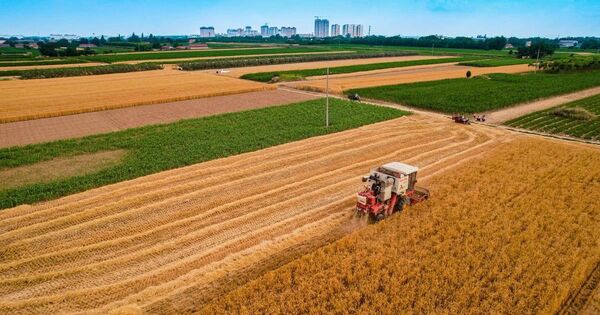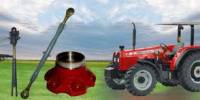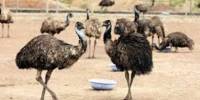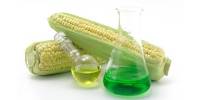Arable land is any terrain that can be ploughed and utilized to raise crops. It refers to terrain that is suited for agricultural development, specifically crop cultivation. It is distinguished by its fertility and ability to support plant development without requiring significant inputs or alterations.
It is land that may be tilled and utilized to grow crops such as cereals, vegetables, fruits, and other agricultural items. Soil quality, water availability, climate, and terrain all influence how suitable land is for agriculture. Alternatively, for the sake of agricultural statistics, the term is typically more precisely defined.
Arable land includes land under temporary agricultural crops (multiple-cropped areas are counted only once), meadows for mowing or pasture, market and kitchen gardens, and land that is temporarily fallow (less than five years). This category excludes abandoned land due to changing farming. The data for ‘Arable land’ are not intended to represent the quantity of land that is possibly cultivable.
A very condensed description found in the Eurostat dictionary refers to actual rather than potential uses: “land worked (ploughed or tilled) on a regular basis, typically under a crop rotation system.” In Britain, arable land has traditionally been distinguished from pasturable land, such as heaths, which may be used for sheep-rearing but not for farming.
Importance
Arable land is crucial for food production and is often managed and cultivated to maximize crop yields. The suitability of land for agriculture depends on factors such as soil quality, water availability, climate conditions, and topography. Efficient management of arable land is essential for sustainable agriculture and ensuring food security for growing populations.
Arable land is crucial for agriculture and food production, contributing significantly to global food security and livelihoods. The amount of arable land accessible varies substantially by area and country, affecting agricultural production and food supply.
Soil conservation, adequate irrigation techniques, crop rotation, and careful use of fertilizers and pesticides are all examples of arable land sustainability strategies. Preserving arable land is critical for ensuring global food security and environmental sustainability in the face of problems such as climate change and urbanization.
















